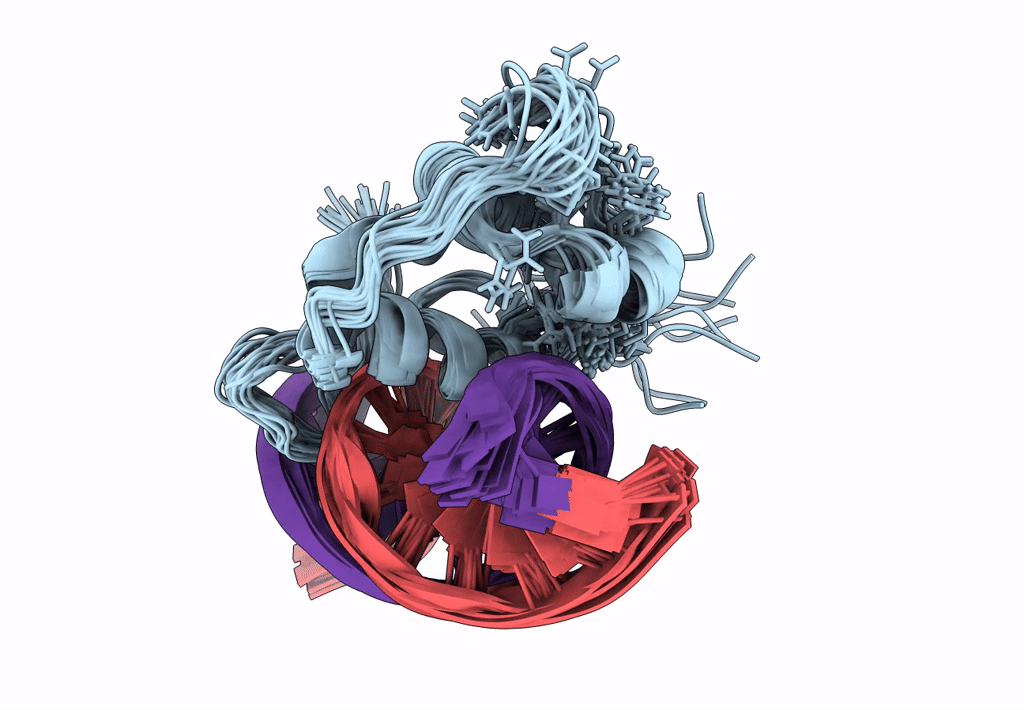
Deposition Date
2002-05-05
Release Date
2003-04-22
Last Version Date
2024-05-22
Entry Detail
PDB ID:
1LO1
Keywords:
Title:
ESTROGEN RELATED RECEPTOR 2 DNA BINDING DOMAIN IN COMPLEX WITH DNA
Biological Source:
Source Organism:
Homo sapiens (Taxon ID: 9606)
Host Organism:
Method Details:
Experimental Method:
Conformers Calculated:
32
Conformers Submitted:
20
Selection Criteria:
structures with the lowest energy


